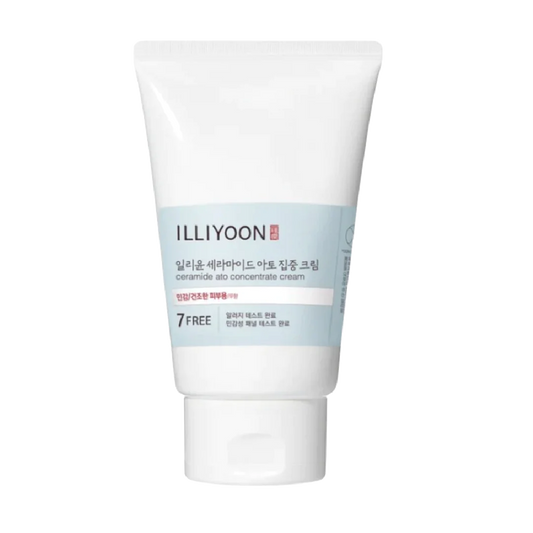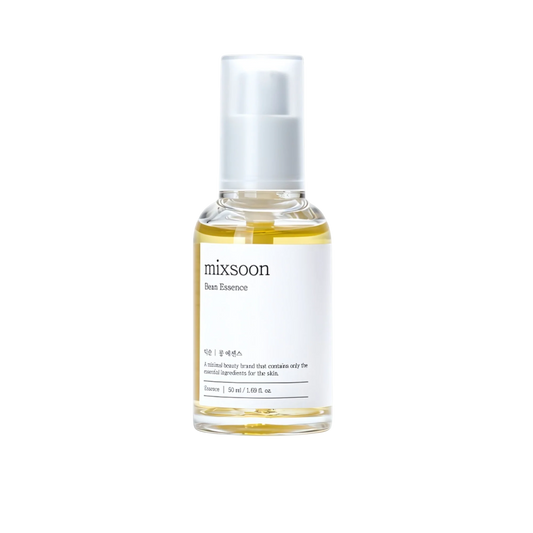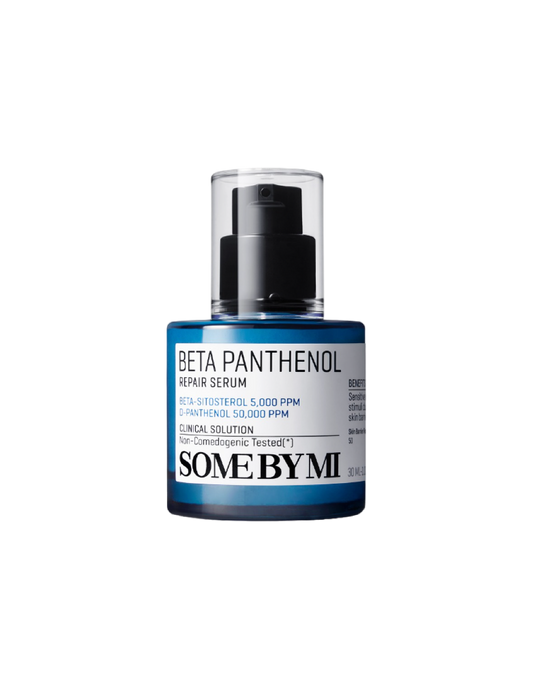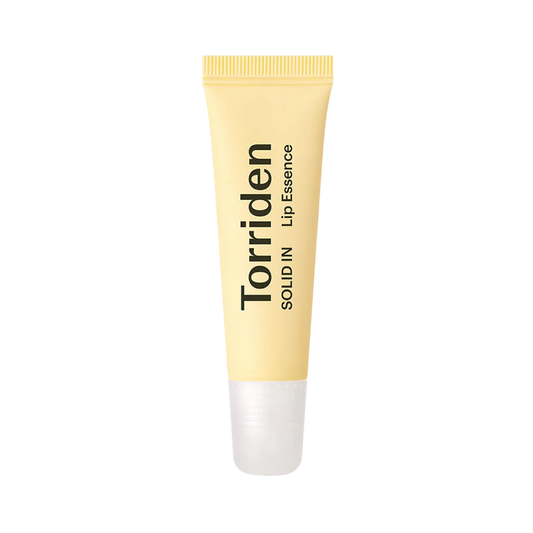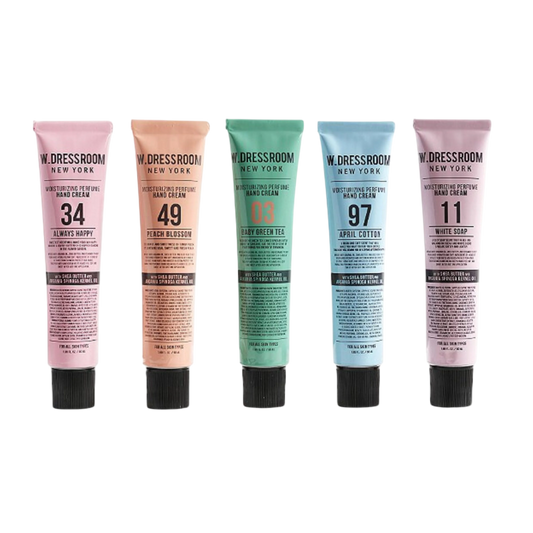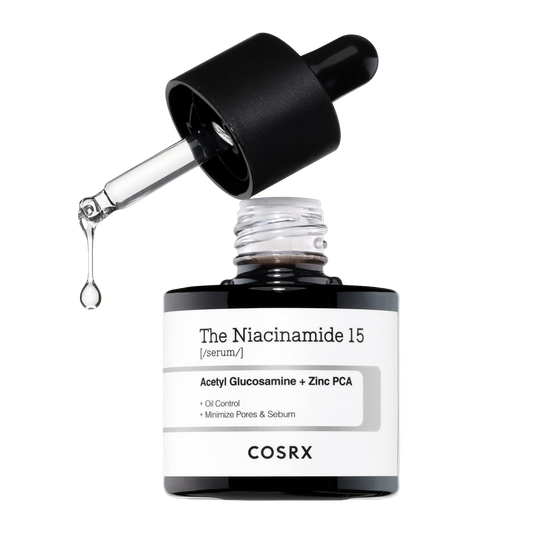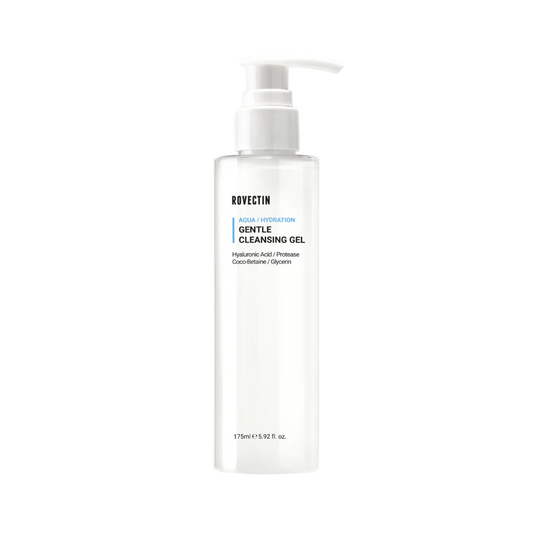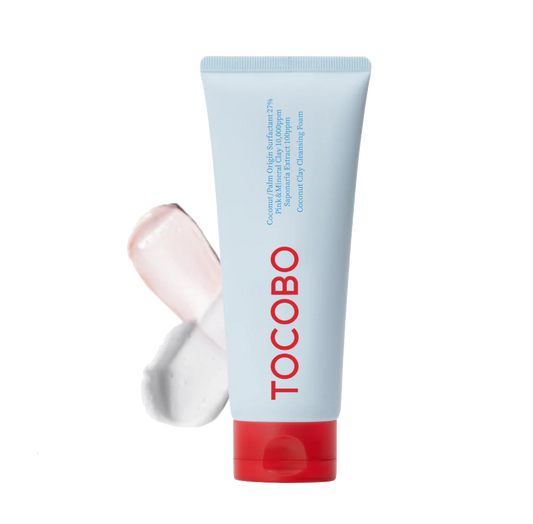You’ve probably noticed the chill creeping back in — and with it, changes in how your skin feels. You might’ve heard that your skincare should shift with the seasons, but why does that actually matter?
As temperatures drop, humidity levels fall and indoor heating kicks in, your skin has to work harder to stay balanced. Here are five of the most common ways our skin reacts to colder weather — and what you can do to keep it hydrated, smooth, and glowing all winter long.
🍂 1. Skin Feels Tighter or Drier
What you might notice:
-
Face feels “tight” after washing, especially around cheeks or mouth
-
Foundation looks patchy or clings to dry areas
-
Lips and hands chap more easily
Why it happens:
Cold air holds less moisture than warm air, and central heating further dries out indoor air. The result? Water evaporates from your skin more quickly (a process called transepidermal water loss, or TEWL).
What to do:
-
Use a gentle, non-stripping cleanser with mild surfactants (like amino acid or cocoyl-based types).
-
Layer hydration with a toner or essence, such as Pyunkang Yul Essence Toner or Laneige Cream Skin Cerapeptide Refiner.
-
Follow up with a barrier-strengthening cream rich in ceramides or fatty acids, like Aestura Atobarrier Cream or COSRX The Ceramide Skin Barrier Moisturiser.
-
Apply lip balm and hand cream regularly — prevention is key! Try TORRIDEN SOLID IN Lip Essence or W.Dressroom Hand Creams.
💧 2. Flakiness or Rough Texture
What you might notice:
-
Tiny dry flakes around the nose, forehead, or mouth
-
Skincare stings or sits unevenly on the skin
Why it happens:
When your skin barrier is dehydrated, it sheds unevenly, leading to rough texture and irritation.
What to do:
-
Exfoliate gently 1–2 times a week using PHA, LHA, or enzyme-based exfoliants.
-
Avoid harsh scrubs or strong acids that can damage your barrier.
-
After exfoliating, replenish hydration with a soothing toner and cream.
-
Try sheet masking once a week to restore softness and boost moisture.
🧴 3. Oiliness in Unusual Places
What you might notice:
-
T-zone feels oilier but cheeks stay dry
-
More clogged pores or blackheads despite feeling “dry overall”
Why it happens:
When your skin barrier weakens, it can overproduce oil to compensate — especially if you’re using cleansers that are too harsh or moisturisers that are too light.
What to do:
-
Stick with a gentle cleanser (as above) to avoid stripping your skin.
-
Use a balanced moisturiser that combines humectants (like hyaluronic acid) and emollients (like squalane or ceramides).
-
Avoid over-cleansing or mattifying products that disrupt your oil balance.
-
Try a hydrating toner or essence to balance water and oil levels and calm excess sebum.
🌬️ 4. Increased Sensitivity or Redness
What you might notice:
-
Skin stings or flushes more easily
-
Red patches around the nose and cheeks
-
Products that were fine in summer now cause irritation
Why it happens:
Temperature changes — cold wind outside and warm, dry air inside — cause blood vessels to expand and contract rapidly, making the skin more reactive.
What to do:
-
Simplify your routine — pause strong actives if your skin feels irritated.
-
Focus on barrier-repair ingredients like ceramides, squalane, centella asiatica, panthenol, and madecassoside.
-
Use a soothing cream or balm as your final step to lock in hydration.
-
Always wear SPF, even on cloudy winter days — UV rays still contribute to irritation and dryness.
🌫️ 5. Dullness or Lack of Glow
What you might notice:
-
Skin looks “flat” or greyish
-
Makeup doesn’t sit well
-
“No matter how much I moisturise, my skin still looks tired”
Why it happens:
Dryness and slower cell turnover cause dead skin cells to build up, while reduced circulation in cold weather can make your complexion look dull.
What to do:
-
Gently exfoliate once or twice a week to boost radiance.
-
Use a brightening serum with niacinamide or ginseng extract.
-
Incorporate a hydrating essence or ampoule for that fresh, glass-skin glow.
-
Don’t forget lifestyle — staying active boosts both circulation and your mood!
In short:
As the weather cools, most people notice dryness, sensitivity, oil imbalance, and dullness.
The solution isn’t a total skincare overhaul — it’s about supporting your skin barrier with hydration, gentle cleansing, and protective layers.


